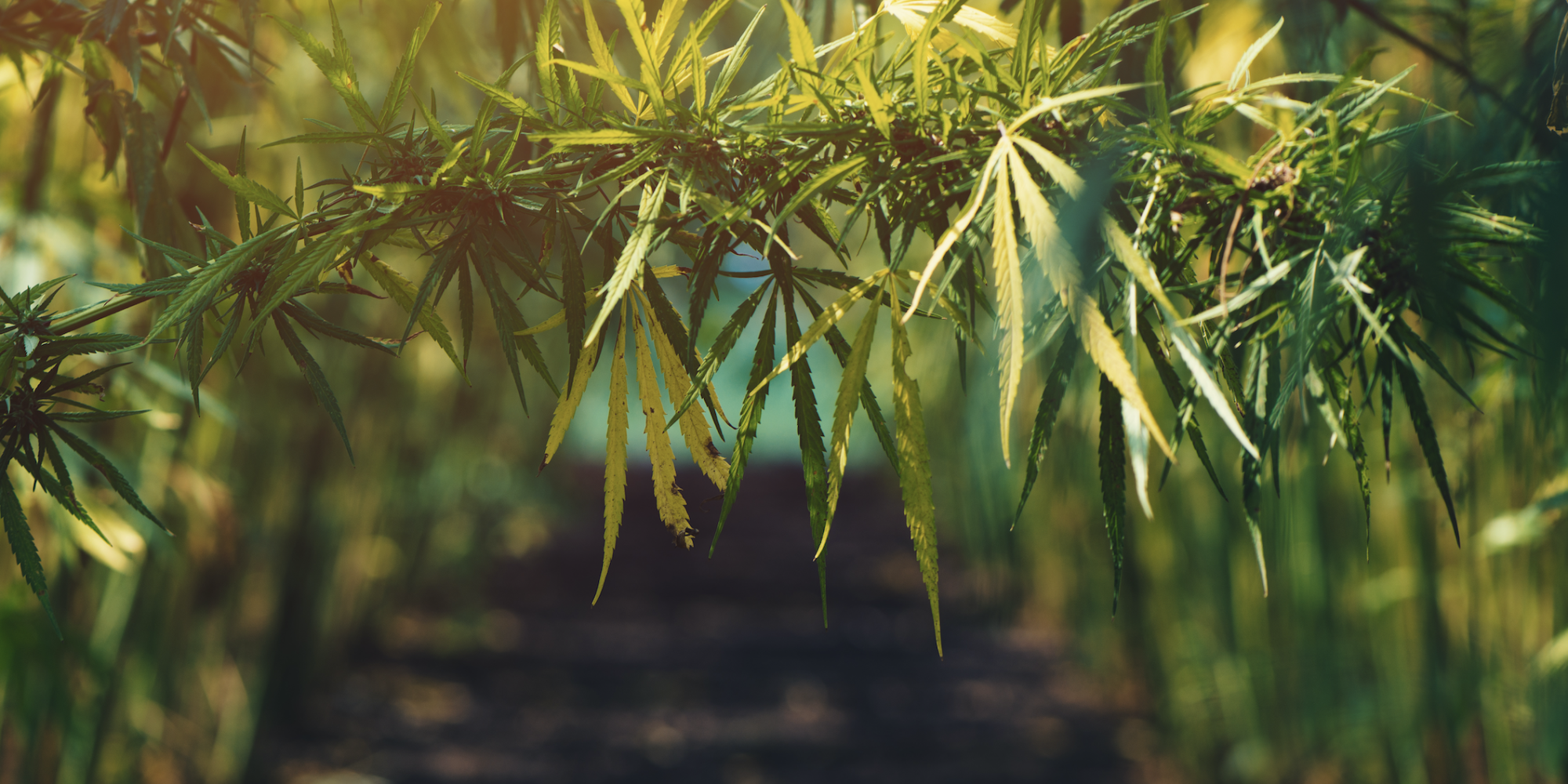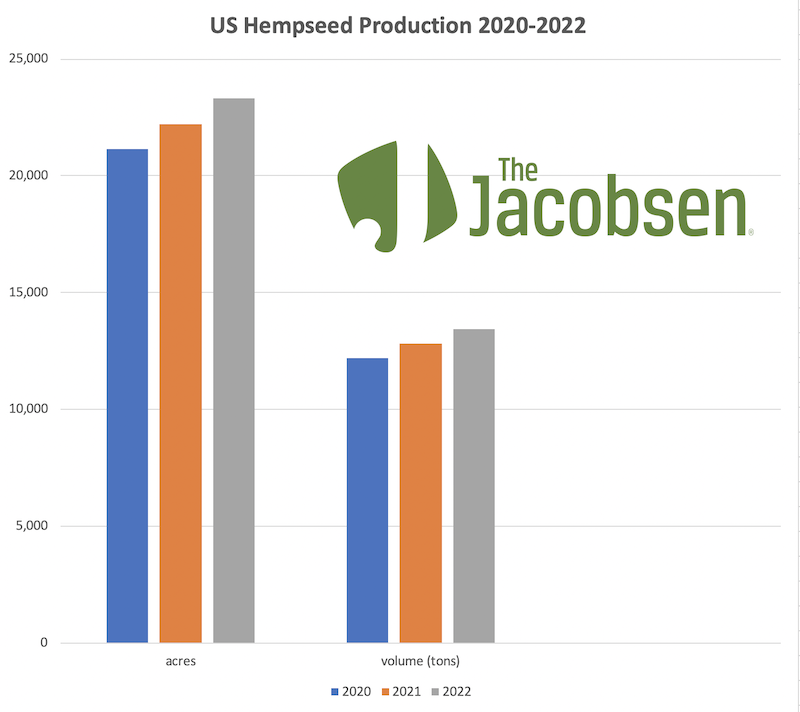11.21.2025
Sausage casings bulletin, November 21, 2025

...

The hempseed crop this year is looking good, with some exceptions, due to pest pressure. We estimate that 21,138 acres were planted for hempseed this year, primarily consolidated in the Northern Plains. Hemp Grower recently published a piece on the grasshopper destruction in Northern Montana. Producers have fended off the swarms with irrigation, but beyond the reach of the pivot, plants are entirely defoliated. This will have meaningful impacts for individual producers, and takes the top right off their yield, but overall hempseed production paired with inventories will bolster supplies. We’ll not likely see much movement with hemp prices in this segment.

Harvest in North Dakota is commencing this week with dry weather forecasted, ensuring the ability to aerate the crop. This is especially critical in hempseed, which is generally timed on the early side to avoid excess shattering, so moisture must be managed aggressively post-harvest.
We’ve had 2000 lbs./ac. yields reported in Eastern North Dakota, and elsewhere in the region, yields should also be good. Last year Montana and North Dakota were hit with as much as several feet of snow in an unseasonal snowstorm at the end of September. Smoke from western wildfires is the major issue in the region currently, preventing areas from realizing their forecasted high temps due to reduced sunlight.
Elsewhere in the country, producers are confronted by wildfires and hurricanes. Hurricane Sally is queued up on the Gulf Coast today, and fires in the west threaten lives, homes, and carefully tended hemp fields. We continue to wish everyone the best in light of these many challenges, as if 2020 has not dealt enough misfortune.